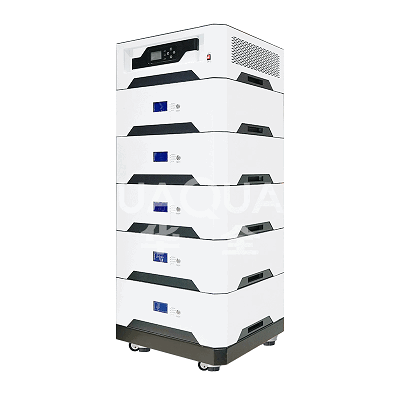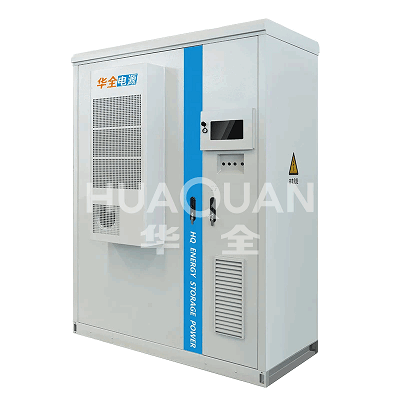An energy container is a self-contained, scalable system designed to store, manage, and deploy energy on demand. Think of it as a “plug-and-play power plant” that integrates cutting-edge storage technologies (batteries, hydrogen, or thermal systems) with smart controls. These units are modular, meaning they can be combined to match any energy requirement—from powering a remote village to stabilizing a national grid.

Key Features:
- Modularity: Stackable units adapt to evolving energy needs.
- Versatility: Stores electricity, heat, or hydrogen for diverse uses.
- Sustainability: Often paired with solar panels or wind turbines.
How Do Energy Containers Work?
These systems operate through three core components:
- Storage Medium: Options include lithium-ion batteries, vanadium flow batteries, or hydrogen fuel cells.
- Power Conversion: Inverters transform stored energy into grid-compatible electricity.
- AI-Driven Controls: Algorithms optimize charging cycles based on weather forecasts, demand patterns, and pricing.
Example Workflow:
- Solar panels generate excess energy midday.
- The energy container stores this power.
- At night, the system releases energy to the grid or a building.
Types of Energy Containers
- Battery Energy Storage Systems (BESS):
- Use Case: Short-term grid balancing or EV charging stations.
- Tech: Lithium-iron-phosphate (LFP) batteries for safety.
- Flow Battery Containers:
- Strength: Days-long storage; ideal for wind farms.
- Drawback: Higher initial costs.
- Hydrogen Containers:
- Process: Convert renewable energy into hydrogen via electrolysis.
- Use: Fuel for trucks or long-term grid storage.
- Thermal Containers:
- Application: Storing solar heat for industrial processes.
Why Are Energy Containers Game-Changers?
- Renewable Integration:
- Solve solar/wind intermittency by storing surplus energy.
- Enable 100% renewable grids (e.g., Denmark’s 2030 target).
- Disaster Resilience:
- Hospitals and data centers use them as backup during blackouts.
- Cost Efficiency:
- Slash peak-demand charges for factories.
- Replace costly fossil-fuel “peaker plants.”
- Decentralization:
- Empower off-grid communities via microgrids.
Real-World Applications
- Tesla Megapack: Powers islands and utilities with BESS.
- Hydrogen City: Japan’s plan to store renewable energy as “green hydrogen.”
- Agriculture: Solar-charged containers run irrigation in drought-prone regions.
Challenges & Innovations
- Challenge: High costs for long-duration storage.
- Solution: U.S. tax credits for hydrogen projects.
- Challenge: Lithium supply chains.
- Solution: Sodium-ion batteries and EV battery recycling.
The Future of Energy Containers
By 2030, the global energy storage market could hit $500 billion. Key trends include:
- AI Integration: Predictive analytics for smart energy trading.
- Vehicle-to-Grid (V2G): EVs as mobile energy containers.
- Second-Life Batteries: Repurposing EV batteries for stationary use.
FAQs
Q: Can an energy container power my home?
A: Yes! Residential models (10-20 kWh) cover daily needs and outages.
Q: Are they eco-friendly?
A: Mostly—choose recycled or sodium-ion batteries for lower emissions.
Q: How long do they last?
A: Lithium-ion BESS: 10-15 years; flow batteries: 25+ years.
Conclusion
An energy container isn’t just a device—it’s the backbone of a sustainable energy future. By bridging supply gaps, these systems cut emissions, reduce costs, and democratize power access. Whether you’re a homeowner, business leader, or policymaker, understanding energy containers is no longer optional—it’s essential.
More information: http://www.jizunet.com/


